How to create a classic English country cottage garden: What to plant, where to plant it and what to use around it
The classic English country garden has an appeal that never goes out of style. Val Bourne reflects on how it's evolved over the years, and suggests eight plants to try in your garden.
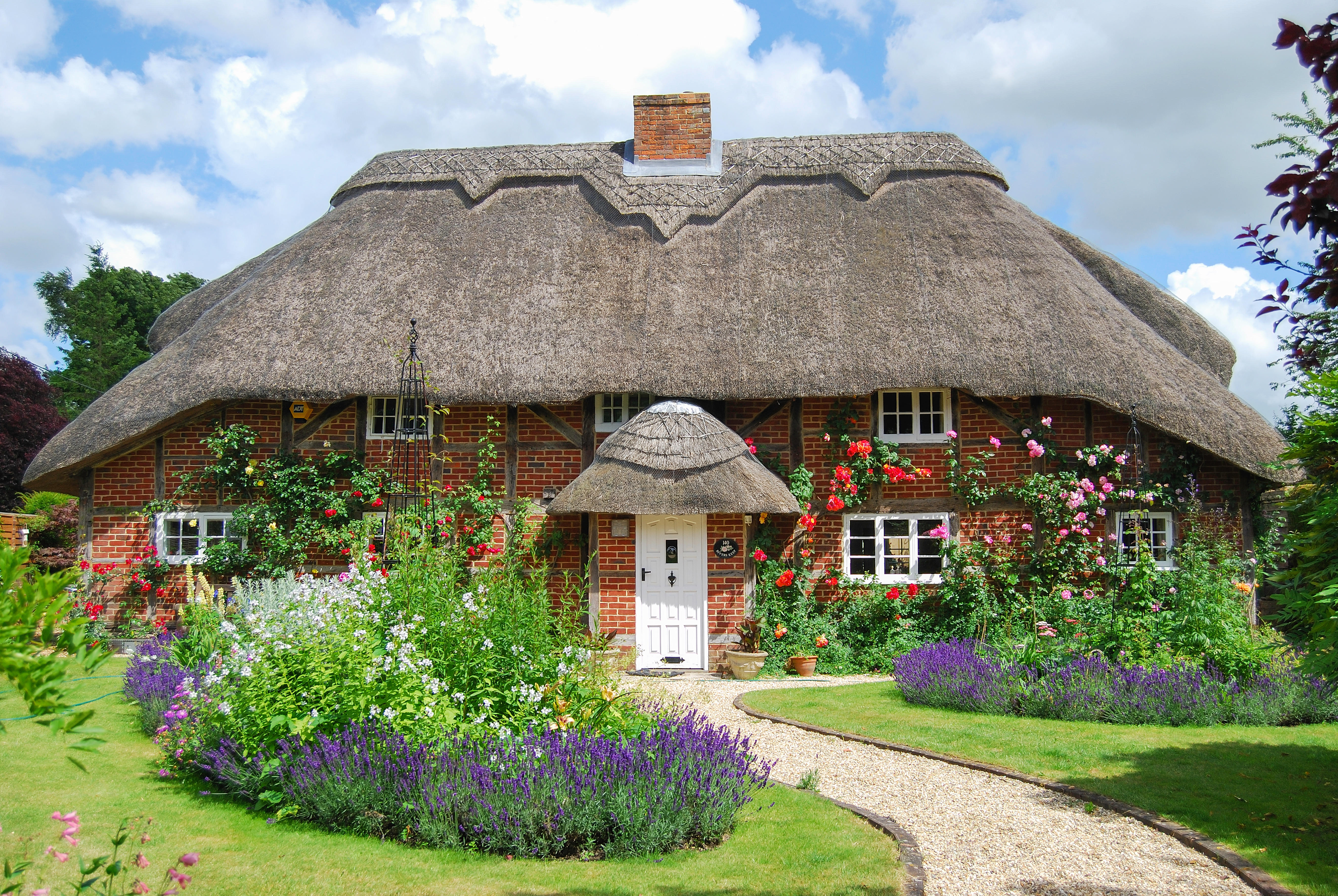

It may come as some surprise to discover that, even as we head towards the second decade of the 21st century, the good old cottage garden is alive and well. More than that, it’s finding favour with a new generation that yearns for a seemingly simpler time, when roses and honeysuckle were always twined around the door and bees hovered permanently above a haze of English lavender.
We still adore the spicy clove scent of old-fashioned pinks drifting through damp evening air after rain or a stand of colourful hollyhocks that leans towards the light as if to escape the cottage wall. Such images evoke a golden age as reassuring and as clichéd as a picturesque scene from an old-fashioned box of chocolates.
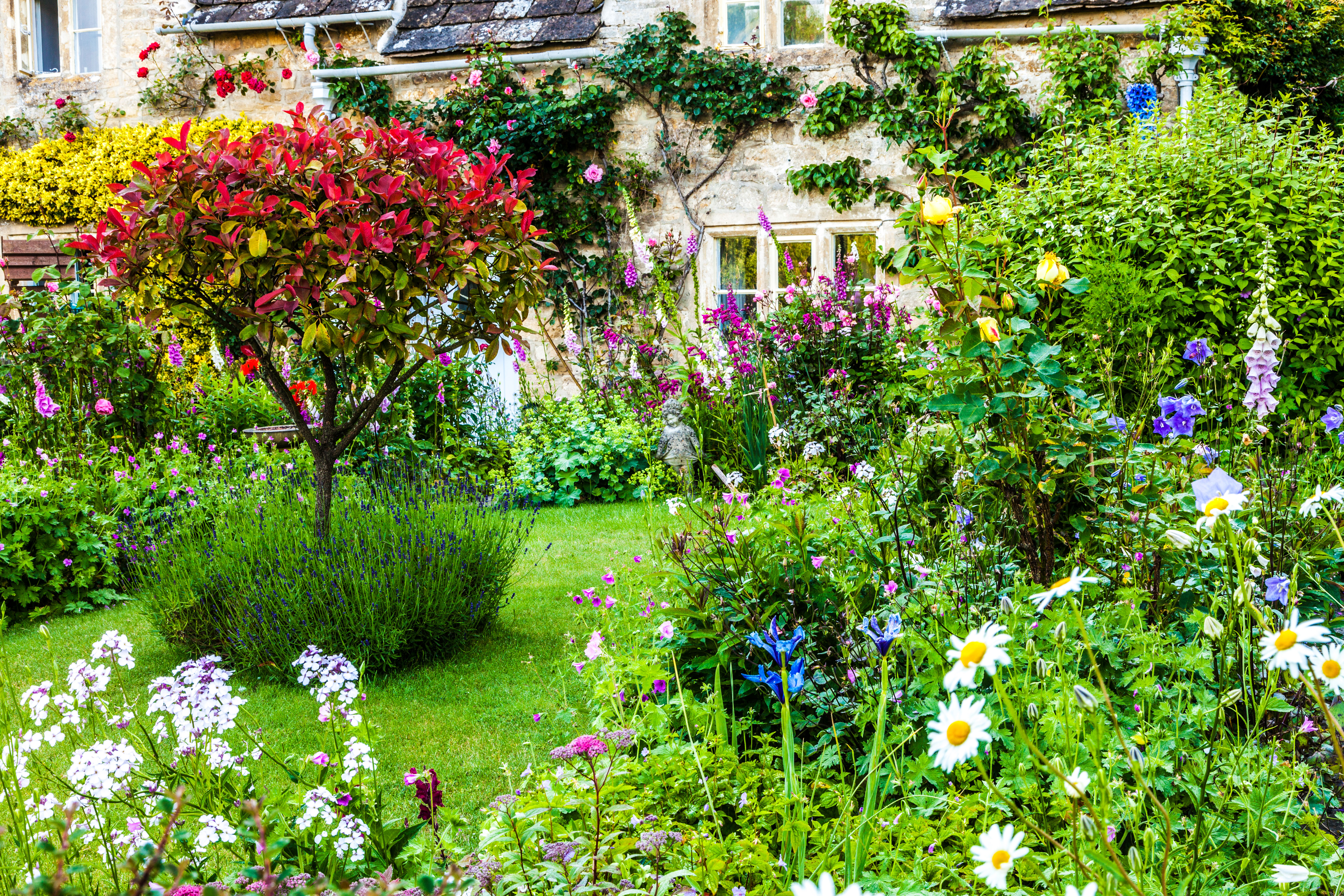
Cottage gardens were inevitably glorious jumbles, with flowers, fruit and vegetables, and a necessary mixture of culinary and medicinal herbs from the days before Jesse Boot opened his chain of chemists to provide a regular supply of aspirin and chamomile lotion. Seeds and plants were exchanged between neighbours, literally passed over the garden fence as good doers. The outdoor privy path was lined with snowdrops to light the way on a chilly February night, but, in June, the privy door would have been festooned with an old moss rose, with feathered buds curling over the flourish of pink petals.
The froth of soft summer planting is followed by a decadent, jewel-box display that peaks when most butterflies are on the wing in August and September. These insect-friendly plants sustain wildlife, another consideration now that bees and so many insects are in decline. The not-too tidy edges encourage birds and small mammals, whether you’re in town or country, and there’s still a backbone of fragrant roses, honeysuckle spilling over walls and, more than likely, a grassy sward masquerading as a country meadow.
Geum Totally Tangerine
Masses of soft-apricot-orange flowers in May, flouncing above wiry dark stems, followed by occasional wands of flower right up until October. Raised by Tim Crowther of Walberton Nursery and launched at the Chelsea Flower Show in 2010, this geum doesn’t need regular division as most do.
What you need to know
Grows to 3ft. Plant with the slate-blue, starry Amsonia orientalis or use the dark-blue tapers of Salvia x sylvestris Mainacht, together with the fibre-optic, ponytail grass Stipa tenuissima. It’s also good with late, dark tulips, such as the double Black Hero.
Exquisite houses, the beauty of Nature, and how to get the most from your life, straight to your inbox.
Lonicera periclymenum Serotina
This scented woodbine, known as Late Dutch honeysuckle, has moth-pollinated rhubarb-and-custard flowers that develop a stronger scent as night falls. Plant it in a shady spot and allow this honeysuckle to scramble towards the light. L. periclymenum, often vaunted as fast, takes time to develop.
What you need to know
Grows to 10ft or more. Plant with large roses such as David Austin’s The Generous Gardener or combine Serotina with the climbing rose Alchymist, because the old-fashioned-looking yellow flowers are flushed in pink and apricot. Deadhead this rose — it flowers once and dies badly, but don’t let that put you off. Roses that bloom only in summer are the ones that drip with flowers.
Dianthus Gran’s Favourite
Heritage pink varieties tend to have the best clove scent, but they’re rather ephemeral. However, this raspberry-rippled white double, raised in the 1960s by Mrs Underwood of Ramparts Nursery, flowers on and on and it’s also highly scented. Like all dianthus, it needs good drainage and bright light.
What you need to know
Grows to 8in. Plant with give it a darker background, with newish, purple-flowered verbena Bampton, and deadhead it to keep the flowers coming.
Paeonia lactiflora Kansas
The old cottage gardener relied on forms of Paeonia officinalis, but the flowers on these May-flowering beauties were short-lived and soon faded and flopped. They were replaced by fragrant Chinese peonies, sold as P. lactiflora, and these last far longer and flower later, pre-empting or overlapping with roses. Kansas, a fuchsia-pink, fully petalled affair raised by America peony breeder Myron Bigger, is magnificent. Bigger introduced 50 varieties in all, ‘letting the bees do the work’, but Kansas was his all-time favourite. It was awarded the vaunted American Peony Society’s Gold Medal in 1957.
What you need to know
Grows to 3ft. Plant with a dark-blue early herbaceous clematis, which will scramble through it. Try Clematis integrifolia Ozawa’s Blue, which enhances all peonies.
Cirsium rivulare Atropurpureum
A thistle from the riverbank by name and nature and another Chelsea regular. This statuesque maroon-red, non-running and non-seeding thistle is a terrific presence in May, after which it carries on in flushes. The flowers are also loved by bees and butterflies, as are all thistle-shaped flowers from the giant cardoon to the subdued serratula. This lovely deep-red thistle needs reasonable soil, but it tolerates some shade.
What you need to know
Grows to 4ft. Plant with the tall, dark-stemmed Thalictrum Elin, along with bright-blue Galega orientalis or Lunaria Corfu Blue.
Phlox paniculata Monica Lynden-Bell
North American border phloxes are notoriously thirsty and, as a result, they often suffer from unsightly mildew. The pastel-pink Monica Lynden-Bell was found as a seedling in Hampshire in the early 1970s and thrives regardless of moisture. Like all phloxes, it cuts well. The dark-green foliage and dark buds flatter the baby-pink flowers and prevent it looking washed out. The airy white phlox Alba Grandiflora and the variegated Norah Leigh will also tolerate drier conditions.
What you need to know
Grows to 3ft at most. Plant with deep-pink single echinaceas, a purple-topped monarda such as Scorpion and slender pinkish-red Veronicastrum virginicum Erica.
Rosa Bonica
This French-bred rose, which was raised by Meilland and launched in 1982, is hardly ever without clusters of lightly fragrant, semi-double pink flowers. These fade slightly as they open and one spray can have more than 20 buds, so it’s good for cutting. Better still, this revered, healthy rose performs in poor soil.
What you need to know
Grows to 4ft. Plant with Nepeta Summer Magic (a good filler), together with any perennial blue eryngium and the self-seeding love-in-a-mist. That said, Bonica goes with almost anything, because it flows through borders.
Aquilegia vulgaris Munstead White
White flowers are beguiling in light shade and they often have much greener foliage. Aquilegia vulgaris Munstead White, a stable seed strain developed by Gertrude Jekyll, has boxy white flowers tipped in green. Special Plants sells Munstead White seeds via www.specialplants.net.
What you need to know
Grows to 2ft. Plant with hardy ferns, such as Polystichum setiferum, and the arching, elegant Solomon’s Seal (Polygonatum x hybridum), then add something dusky, too. The green-flowered Disporum longistylum Night Heron and Beesia calthifolia have a black patina when it comes to their foliage. Try Tulipa Spring Green, a sophisticated viridiflora tulip in white and green that returns year on year.
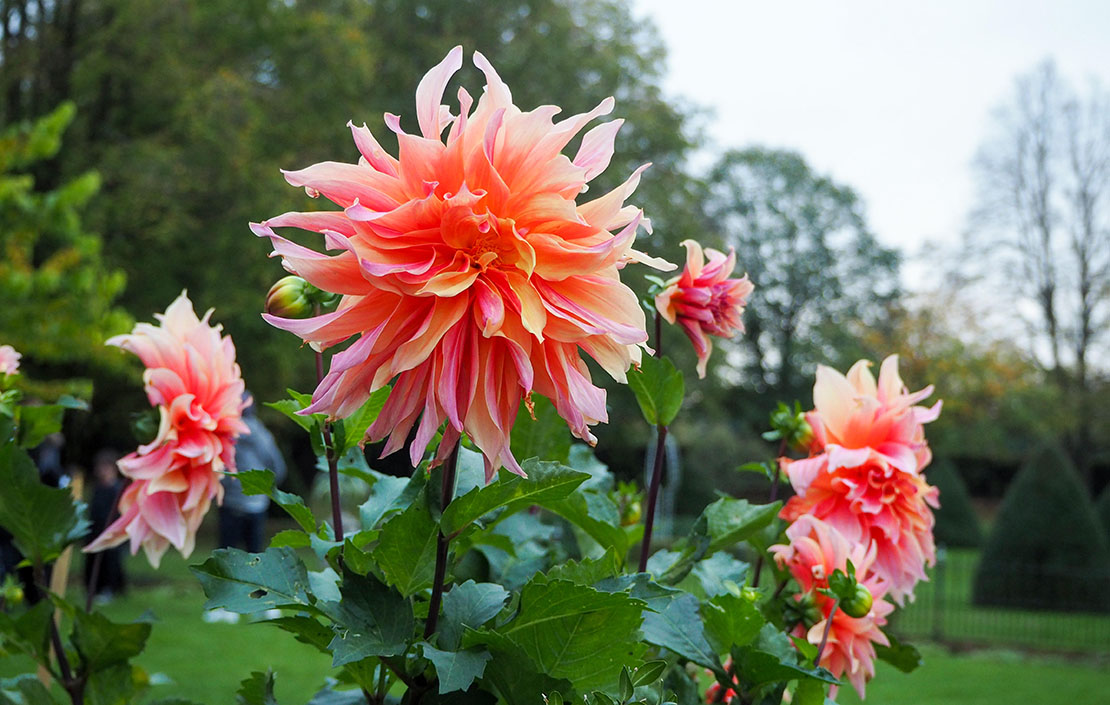
From the Sweet Lady to the Crème de Cognac: Three expert opinions on the top dahlias to buy and plant now
The chase is on: if you want to grow the best dahlias in your borders this year, you need to
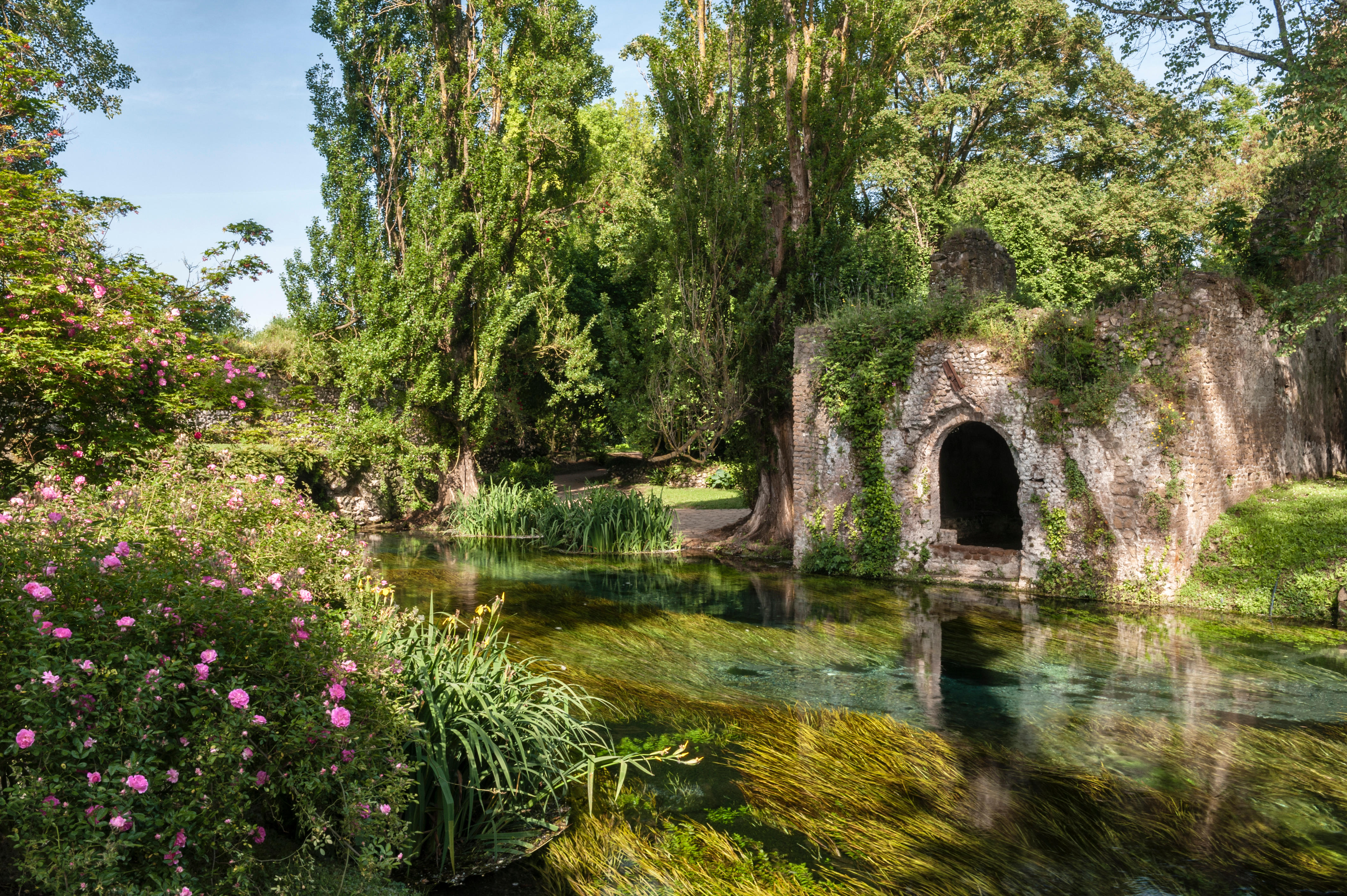
Ninfa: The extraordinary tale of an English country garden which thrives in the heart of Italy
Charles Quest-Ritson fell in love with the spectacularly romantic gardens of Ninfa decades ago, and is just as entranced now
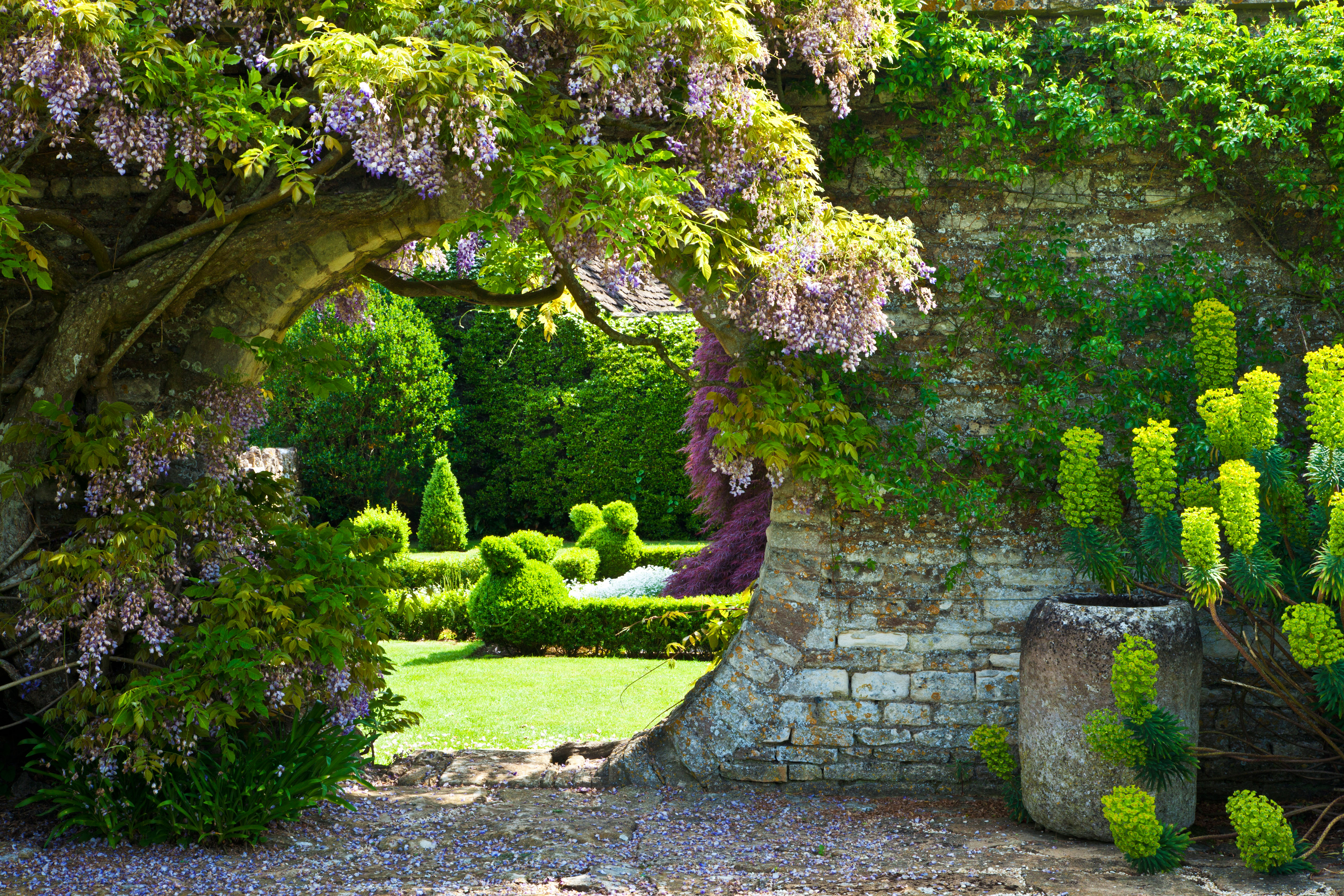
Credit: Anna Stowe Botanica / Alamy
Alan Titchmarsh: How each of our English country gardens can play their part in saving the planet
Our columnist Alan Titchmarsh talks extreme weather, climate change and the faith all gardeners have in the extraordinary ability of
